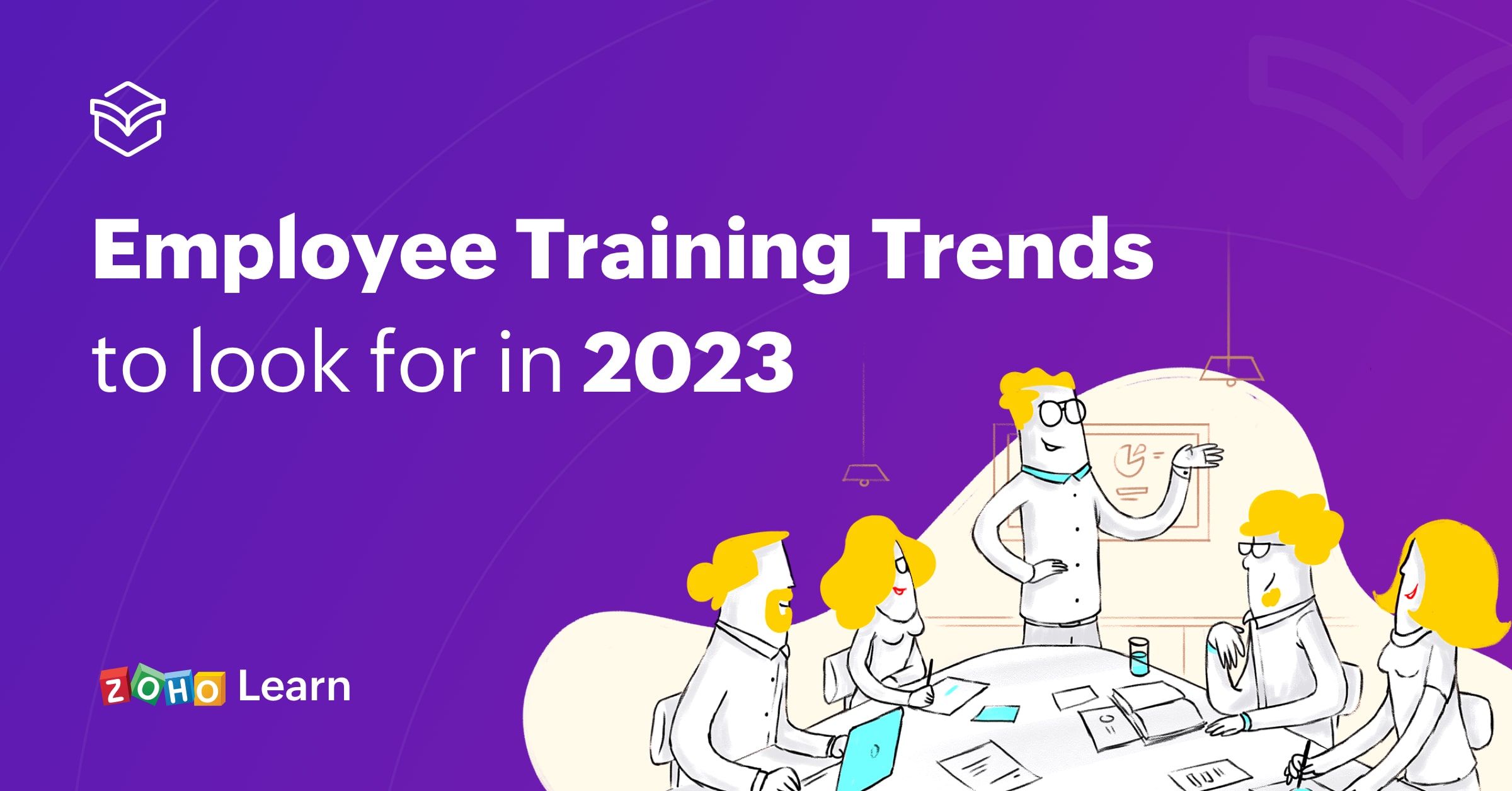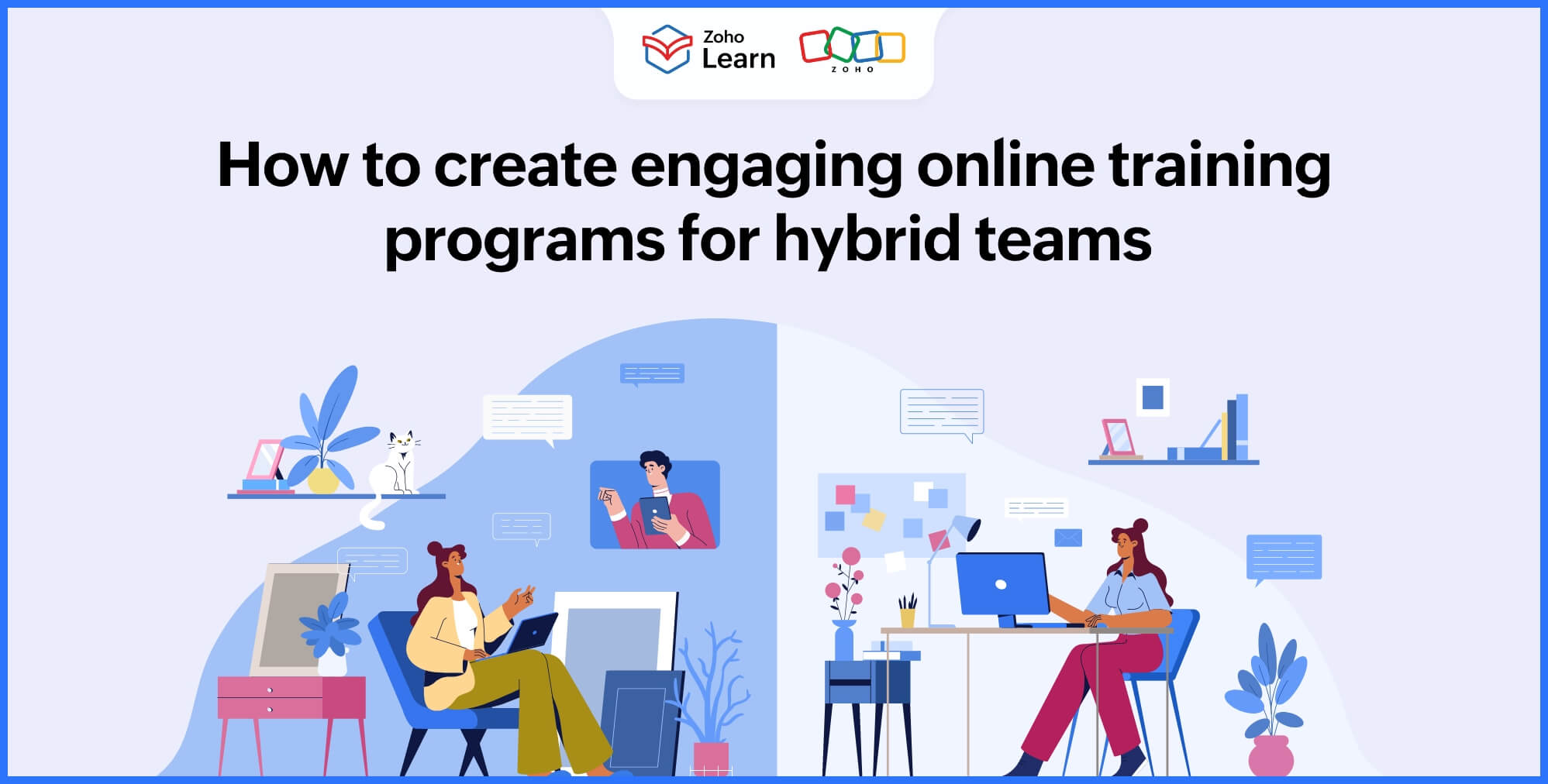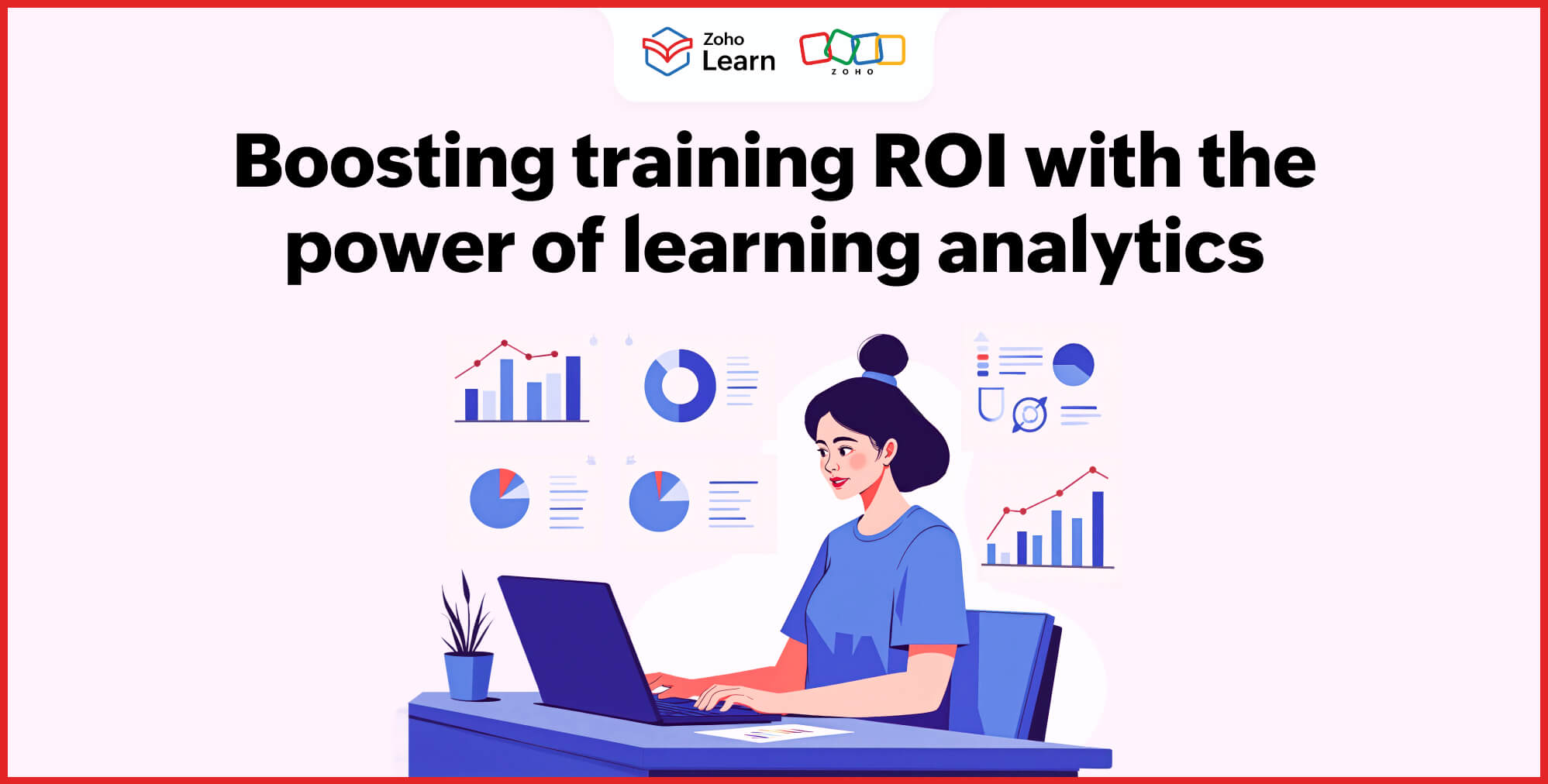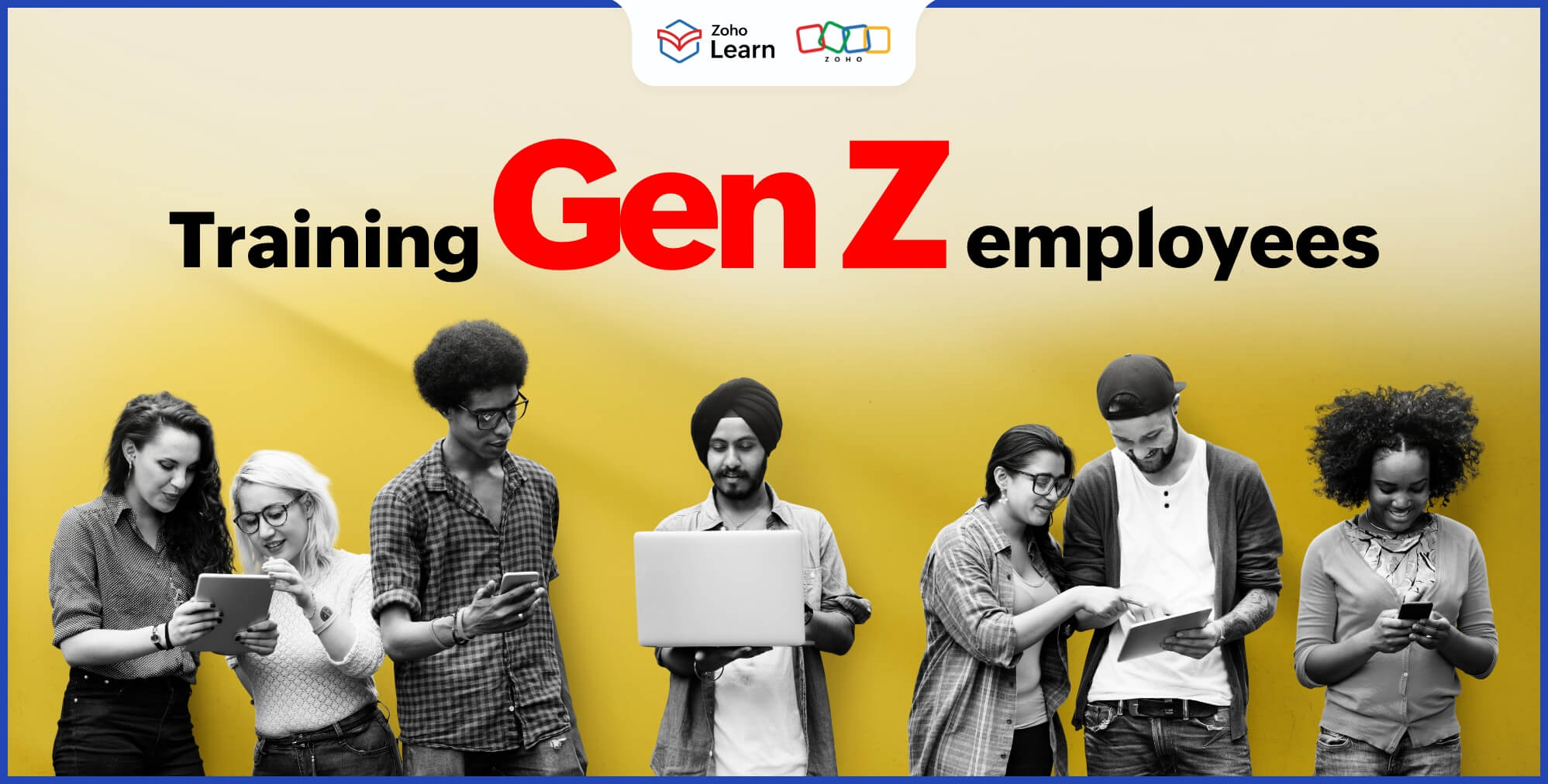Employee training trends to look for in 2023
- Last Updated : October 11, 2023
- 592 Views
- 3 Min Read

In today's technological landscape, there’s a gap between what employees are looking for in a job and what organizations provide. Workers are looking for jobs that are more challenging and that aid them in their overall career development. Organizations need to curate a comprehensive training program for employees that is learner-centric and facilitates continuous career development for their workforce.
Here are some trends in employee training to be aware of as you create effective learning experiences.
Micro-learning
Recent studies have shown that the average human attention span has fallen to eight seconds. Learning in the workplace can be modified to support this ever-shortening attention span and focus their learners on the material presented.
Organizations can adopt micro-learning and deliver training in short bursts, enabling learners to focus on one piece of information at a time. This helps to make sure learners aren’t distracted during the training so they can retain the information better.
Social learning
The social learning theory posits that we learn behaviors and new information from each other. Incorporating social learning principles can enhance your learners' memories and improve how much they retain new information. Your online training program can include forums and interactive sessions to facilitate discussions where learners and instructors participate in conversations and share feedback and ideas on the topics covered in the courses.
Mobile learning
In today's era of smartphones, everyone’s always connected to a mobile phone rather than a desktop. Making your online training programs mobile-friendly allows learners to access courses when they’re on the go. They can complete their training anywhere and at a time that suits them without needing to be physically present at their workspace.
Personalized learning
Employees are looking for training that’s relevant and specific to their career needs. Building a one-size-fits-all method of training may not create a meaningful learning experience for all your employees. You can design training programs that take individual learners into consideration and create personalized learning experiences. You can also set up a system to analyze individual employees’ performance, offer direct feedback, and tailor education to meet their unique needs.
Experiential learning
Experiential learning is a process where instructors create experiences for their learners to learn a skill by actually doing it. When employees are directly exposed to a process, it not only improves their expertise, it reduces the knowledge gaps they may have when they undergo theoretical training only. Your training programs can include real-world assignments, online modules, or simulators that provide a practical understanding of the concepts covered in the training.
Hybrid learning
With more and more organizations adopting the hybrid working style, it’s necessary to evaluate the changing working environments before creating a training strategy. Combining online and traditional classroom training combines the best of both worlds and provides a more holistic experience for learners. The hybrid training model helps you deliver flexible and engaging training experiences for your employees.
Wrapping up
When incorporating these trends into your employee training, it’s important to analyze what works best for your organization and your audience. Developing the right strategy using the tools available today will be effective in building a well-skilled workforce for your organization's future, while it also contributes to your employees’ well-being and professional growth.


